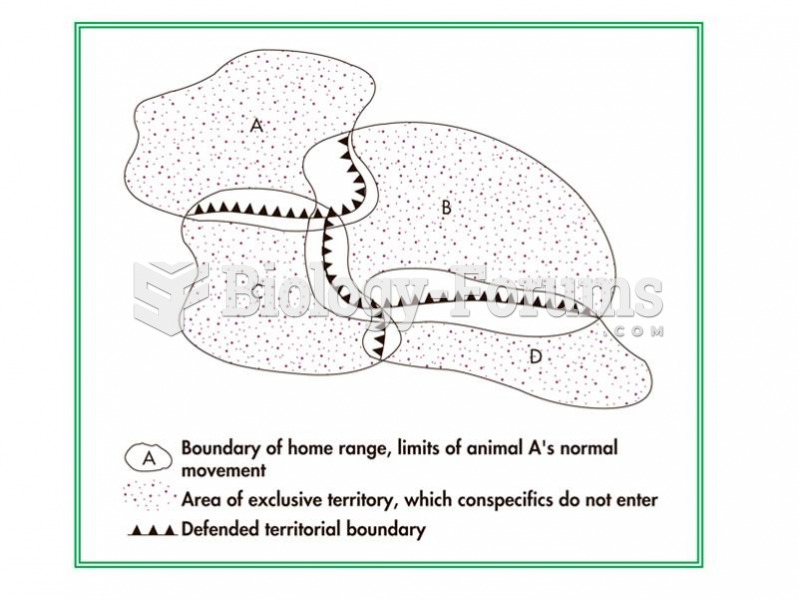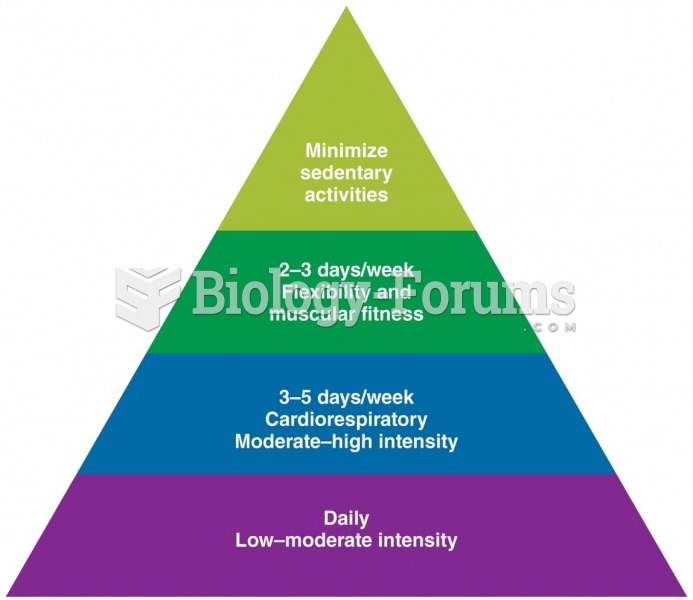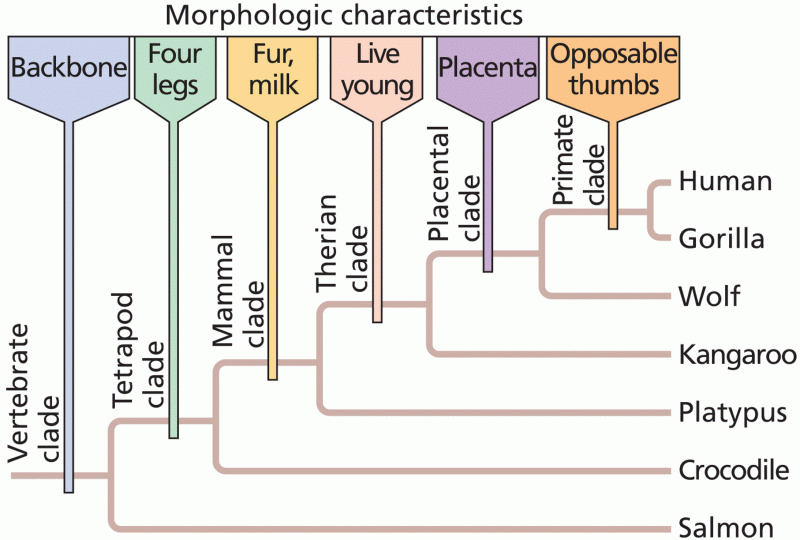Answer to Question 1
The Self as Context refers to the observing self, discussed earlier, that when engaged, allows us to notice or label our thoughts in a non-judgmental way so that our experiences are noted without investing in them. This promotes defusion and acceptance. Defusion involves the decentering process where we maintain separateness from unhelpful or disturbing thoughts rather than fusing with them. It refers to how we interact with these thoughts. By maintaining separateness from these thoughts while still engaging them we can weaken our attachment to them and not let them define us. Acceptance means allowing room for our unpleasant thoughts, images, feelings, and sensations, giving them space rather than ignoring, suppressing, or trying to control or eliminate them.
Contact with the Present Moment is part of the process of engaging our non-judgmental attention to the experience of the now. Our thoughts are used to describe momentary events rather than to judge or predict them. Values refers to the importance of connecting with our values which in turn leads us to take more purposive actions and to experience a more meaningful life. It is important that the values we adopt are based on our own choices and not those of others so that we are not thinking for example I should value this because my family values it but rather thinking I value this because it is personally meaningful to me.. Last, Committed Action refers to taking action in concordance with our values. This in turn leads us to establish a purposeful life pattern of behaviors where we can feel good about our self, others, and our world.
Answer to Question 2
Mindfulness practice encourages us to use the observing self (the observing self notices the thought) to notice the present moment's mental events. In doing so, we do not fuse (i.e., become one) with the disturbing or stressful thoughts. Instead we defuse them so that our awareness of them has a lessened emotional impact on us. This decentering process results in us being less reactive to our inner experiences. In addition, rather than trying to suppress unwanted thoughts or emotions, we accept them as being part of an active mind. We can thank our mind for its thought in a non-sarcastic accepting way and then continue the observation process without latching onto the thought or acting on it.







